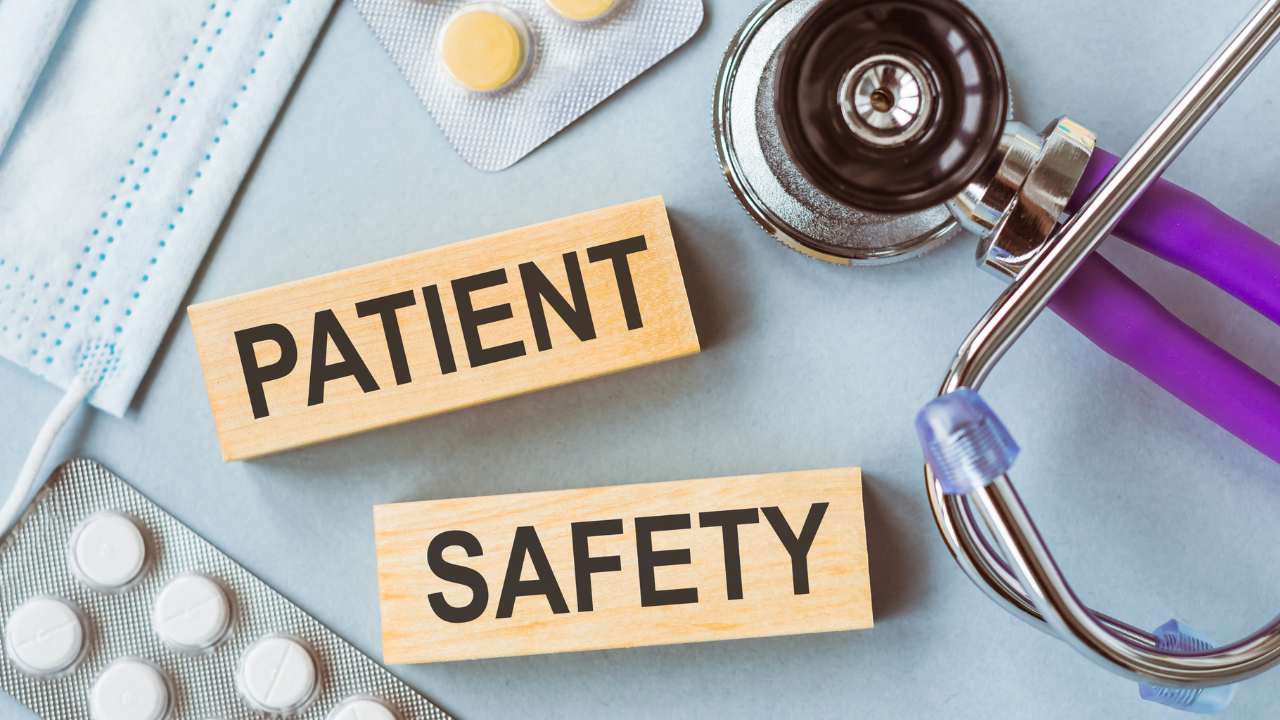-
news
-
Health
Is patient safety the missing link to quality healthcare? How can we ensure this?
The transition of the healthcare sector towards better infrastructure and technology requires a focus on patient safety. Experts share the importance of professional skills, teamwork and systemic commitment to reduce preventable harm.

Image – Canva
Over the years, Health care Advances in infrastructure, technology and accessibility have led to a significant transformation in the industry across the country. While the country strives to provide quality healthcare to its public, it needs to address issues that are unique here. patient safety There is an issue that defines high quality health care.
It is estimated that more than 3 million people die each year as a result of unsafe care and 4 out of every 100 deaths occur in low- to middle-income countries. Unfortunately, it is possible to prevent more than half of the harm caused to patients.
To know more and better understand the issue at hand, we spoke to Dr. Ashish Chaudhary, Managing Director, Aakash Healthcare.
importance of patient safety
Patient safety is defined as reducing the risk of unnecessary harm to a patient to an acceptable minimum as well as the absence of preventable harm. With a vital role in healthcare, patient safety has a direct impact on the well-being and trust of patients. The primary goal of health care organizations around the world is to provide a safe environment for patients.
“Patient safety skills are one of the primary strategies for ensuring safe practice. healthcare professionals They play a vital role when it comes to reducing risks for patients. “They need to possess the necessary skills to ensure patient safety at all times in their routine activities,” says Dr Chaudhary.
In addition, he says, they should also be able to recognize patient safety incidents, conduct patient safety incident analysis using procedures, collaborate in a team, learn from mistakes, and suggest actions and recommendations to prevent patient safety incidents. Should be.
“Nurses have a long history of improving health care quality and patient safety, particularly through problem-solving and practice improvement abilities. For example, nurses use their professional judgment when providing any medication. should be used, and should use their expertise in any given situation to act in the best interest of the patient,” says Dr. Chaudhary.
One study found that health care professionals with more experience in their core expertise were more effective at analyzing error, reducing threats to patient safety, and using decision support technologies. On the other hand, individuals who had no knowledge about patient safety in their continuing education showed lower abilities in terms of error analysis and preventing patient safety hazards.
systems approach improving patient safety
“a safe health care system One that has an unwavering commitment to minimize losses through a well-structured framework. This framework includes important components, such as encouraging leadership commitment to prioritize safety, ensuring the safety of clinical processes, compliance with standards and child protection, etc.
He says that patient safety is the cornerstone of quality healthcare and requires sustained effort and commitment from all stakeholders. “Health care professionals play a vital role in preventing harm through their skills, vigilance and collaboration. Supported by a strong systems approach, leadership and compliance safety standardsensuring a safe environment for patients,” he adds.
encourage education by giving priority team workAnd by learning from mistakes, we can significantly reduce preventable risks. Together, we can create a culture where patient safety is not just a goal but a shared responsibility, ensuring trust and better outcomes for all.
Get the latest news live on Times Now with breaking news and top headlines from around the world.


